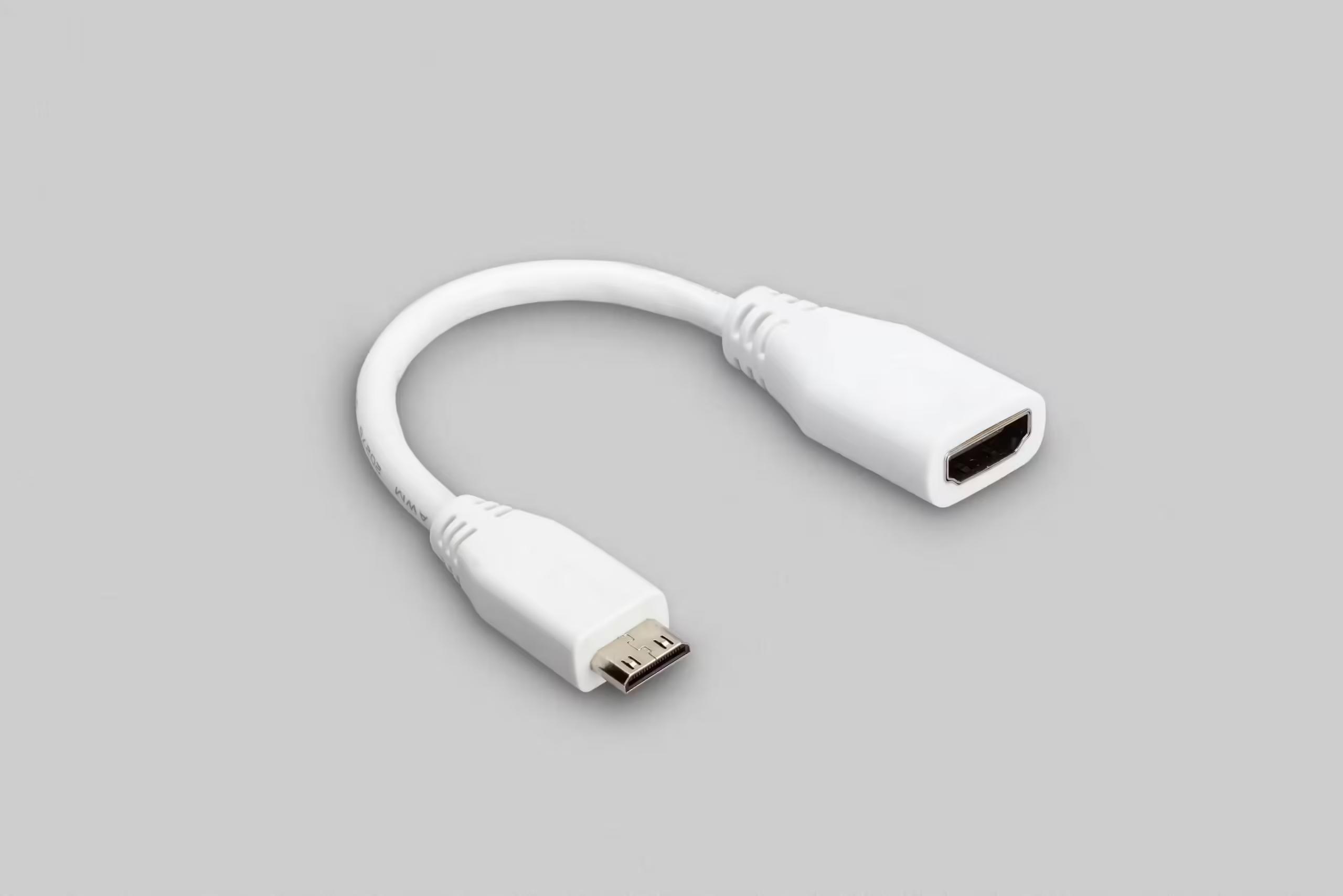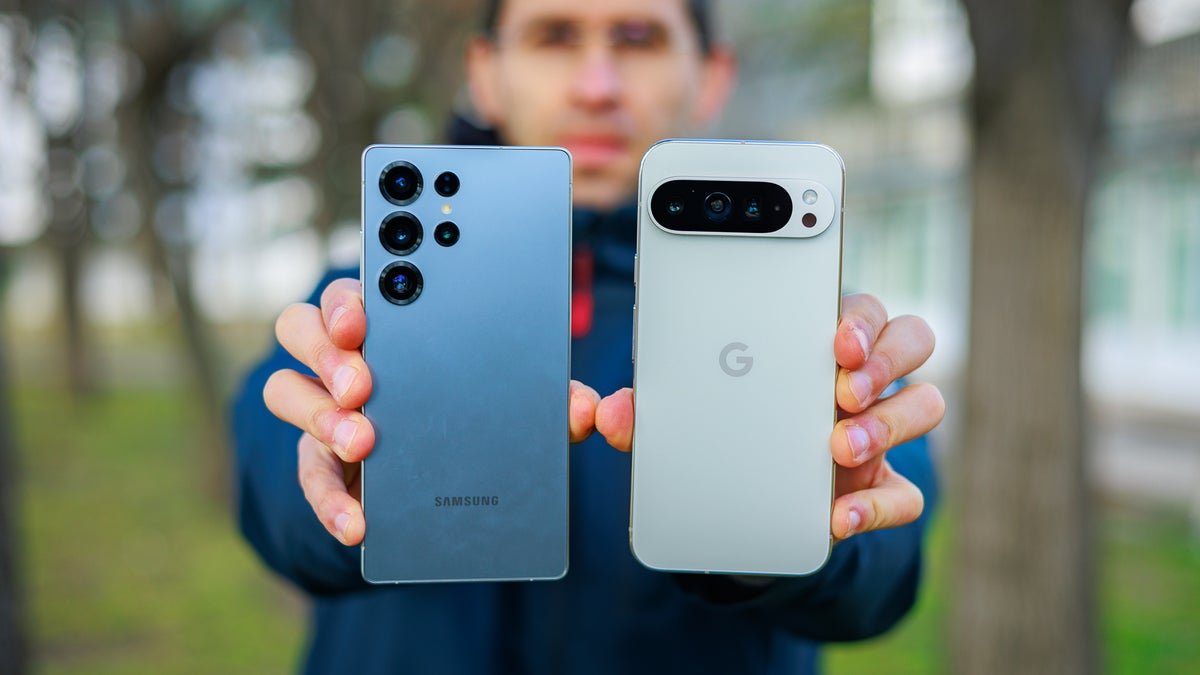In the world of digital connectivity, HDMI (High-Definition Multimedia Interface) has become a standard for transmitting high-quality audio and video signals. Among its various forms, Mini HDMI stands out as a compact and versatile connector designed to bridge the gap between full-sized HDMI ports and the more compact devices we use daily. This article provides an in-depth exploration of Mini HDMI, covering its origins, technical specifications, applications, advantages, and future trends.
The Evolution of HDMI Technology
To understand Mini HDMI, it’s essential to first grasp the evolution of HDMI technology:
- HDMI Overview: HDMI was introduced in 2003 as a digital interface for transmitting high-definition video and multi-channel audio between devices. It quickly became the standard connector for consumer electronics due to its ability to support high-quality signal transmission and simplified connectivity with a single cable.
- Full-Sized HDMI: The original HDMI connector, often referred to as full-sized HDMI, is the standard 19-pin connector commonly found on TVs, computers, and home theater systems. Its robust design accommodates a wide range of devices but can be too large for compact or portable devices.
- Mini HDMI and Micro HDMI: To address the need for smaller connectors, HDMI introduced Mini HDMI (Type C) and Micro HDMI (Type D). These connectors are designed to provide the same high-quality audio and video signal transmission as full-sized HDMI but in a more compact form.
What is Mini HDMI?
Mini HDMI, or HDMI Type C, is a smaller version of the standard HDMI connector. It was introduced to provide a more compact solution for portable devices without compromising on performance. Here’s a closer look at Mini HDMI:
- Physical Characteristics: The Mini HDMI connector is smaller than the full-sized HDMI connector but larger than the Micro HDMI connector. It features 19 pins arranged in a compact layout, which allows it to transmit the same high-definition audio and video signals as its larger counterpart.
- Technical Specifications: Despite its size, Mini HDMI supports the same HDMI standards as full-sized HDMI, including:
- Video Resolution: Up to 4K resolution (3840 x 2160) at 60Hz.
- Audio Formats: Supports multi-channel audio formats, including Dolby TrueHD and DTS-HD Master Audio.
- HDCP: High-bandwidth Digital Content Protection (HDCP) to prevent unauthorized copying of digital content.
- CEC: Consumer Electronics Control (CEC) for controlling multiple HDMI-connected devices with a single remote.
- Compatibility: Mini HDMI is backward compatible with full-sized HDMI through the use of adapters. This means that devices with Mini HDMI ports can connect to standard HDMI ports using an appropriate adapter or cable.
Applications of Mini HDMI
Mini HDMI is used in a variety of devices where space is at a premium but high-quality audio and video connectivity is still required. Some common applications include:
- Cameras and Camcorders: Many digital cameras and camcorders use Mini HDMI ports to connect to TVs, monitors, or projectors for displaying high-definition video footage. The compact size of Mini HDMI allows these devices to remain portable while offering high-quality output.
- Tablets and Laptops: Some tablets and laptops feature Mini HDMI ports for connecting to external displays, such as monitors or projectors. This allows users to enjoy high-definition video and audio output from their portable devices.
- Gaming Consoles: Portable gaming consoles and handheld gaming devices often use Mini HDMI to connect to external displays, providing gamers with a high-quality visual and audio experience.
- Medical Equipment: In the medical field, Mini HDMI is used in imaging equipment and other diagnostic tools where compact connectors are necessary to maintain the portability and functionality of the equipment.
- Home Theater Systems: While less common, some home theater systems and multimedia devices use Mini HDMI connectors to connect with other devices in a compact setup.
Advantages of Mini HDMI
Mini HDMI offers several advantages over its full-sized counterpart, making it a preferred choice for many portable and compact devices:
- Space Efficiency: The smaller size of Mini HDMI makes it ideal for devices where space is limited. It allows manufacturers to design more compact and portable products without sacrificing connectivity options.
- High-Quality Signal Transmission: Despite its size, Mini HDMI supports the same high-definition audio and video signals as full-sized HDMI. This ensures that users can enjoy the same level of quality in a more compact form factor.
- Versatility: Mini HDMI is compatible with full-sized HDMI through the use of adapters. This versatility allows users to connect devices with Mini HDMI ports to a wide range of standard HDMI equipment.
- Durability: The Mini HDMI connector is designed to be durable and reliable, making it suitable for frequent use in portable devices. Its robust construction helps to maintain a secure connection and minimize signal loss.
- Ease of Use: Mini HDMI connectors are easy to use and connect, requiring minimal effort to establish a high-quality connection between devices. This simplicity enhances the overall user experience.
Comparing Mini HDMI to Other HDMI Variants
To fully appreciate Mini HDMI, it’s helpful to compare it with other HDMI variants, including full-sized HDMI and Micro HDMI:
- Full-Sized HDMI (Type A):
- Size: Larger, with 19 pins.
- Common Uses: TVs, home theater systems, and desktop computers.
- Advantages: Provides robust connectivity and supports all HDMI features.
- Disadvantages: Larger size may not be suitable for portable devices.
- Mini HDMI (Type C):
- Size: Smaller than full-sized HDMI, with 19 pins.
- Common Uses: Cameras, camcorders, and some tablets and laptops.
- Advantages: Compact size with full HDMI functionality.
- Disadvantages: Requires adapters for full-sized HDMI ports.
- Micro HDMI (Type D):
- Size: Even smaller than Mini HDMI, with 19 pins.
- Common Uses: Smartphones, tablets, and other small portable devices.
- Advantages: Very compact, ideal for ultra-portable devices.
- Disadvantages: May be less durable due to its smaller size.
How to Connect and Use Mini HDMI
Connecting devices using Mini HDMI is straightforward, but there are a few considerations to ensure a successful setup:
- Choosing the Right Cable: When connecting a device with a Mini HDMI port to a display with a full-sized HDMI port, use a Mini HDMI to HDMI cable. Alternatively, use a Mini HDMI to HDMI adapter with a standard HDMI cable.
- Connecting Devices: Plug the Mini HDMI end of the cable or adapter into the Mini HDMI port on your device. Connect the other end to the HDMI port on your display or TV. Ensure that both devices are powered on and set to the correct input source.
- Adjusting Settings: Some devices may require you to adjust settings to output video and audio through the HDMI connection. Check the device’s settings menu for options related to display output or external connections.
- Troubleshooting: If you encounter issues with the connection, ensure that all cables and adapters are securely connected. Verify that the display is set to the correct HDMI input. If problems persist, try using different cables or adapters to identify potential issues.
Future Trends and Developments
As technology continues to evolve, Mini HDMI may experience several trends and developments:
- Increased Adoption: As more portable and compact devices are developed, the adoption of Mini HDMI may increase. This could lead to broader support for Mini HDMI in various consumer electronics and professional equipment.
- Enhanced Features: Future versions of Mini HDMI may include enhanced features and capabilities, such as support for higher resolutions, advanced audio formats, and improved signal integrity.
- Integration with Other Technologies: Mini HDMI may be integrated with emerging technologies, such as USB-C, to provide even more versatile and compact connectivity solutions.
- Continued Innovation: Manufacturers may continue to innovate and improve Mini HDMI technology, focusing on enhancing durability, signal quality, and ease of use.
Conclusion
Mini HDMI is a valuable and versatile connector that provides high-quality audio and video transmission in a compact form factor. Its development has addressed the need for smaller connectors in portable devices while maintaining the performance and functionality of full-sized HDMI. With its applications spanning from cameras and tablets to medical equipment and home theater systems, Mini HDMI plays a crucial role in modern digital connectivity.
Understanding the features, advantages, and applications of Mini HDMI can help users make informed decisions about their connectivity needs. As technology advances, Mini HDMI will likely continue to evolve, offering new possibilities and improvements in the world of digital connectivity. Whether you’re a consumer or a professional, Mini HDMI offers a practical and effective solution for connecting and enjoying high-definition audio and video in a compact and convenient format.



